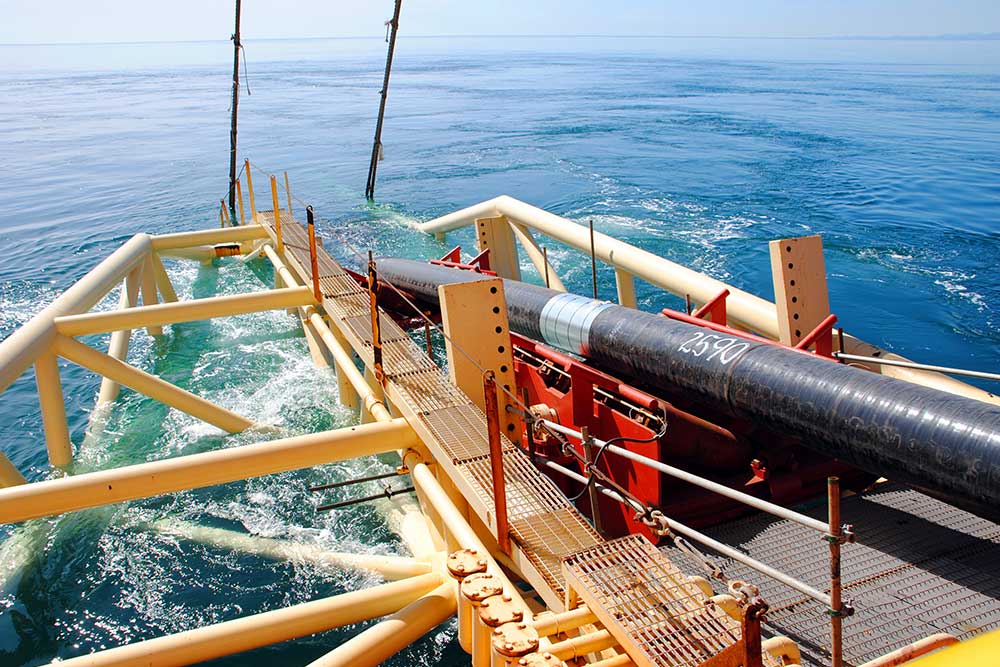Different Types Of Fittings And Their Applications
Fittings are used to connect, control, and direct the flow of liquids, gases, and other materials in various systems. They are available in different types, including elbows, tees, couplings, and flanges, each serving a specific purpose. These fittings are useful in industries such as sanitation, building, and manufacturing.
The top industries rely on a trusted fittings supplier in UAE to get high-quality products that meet their operational needs.
Elbows – Changing direction:
Elbows are used to change the direction of fluid flow in a piping system. They are commonly available in 45-degree and 90-degree angles. These fittings are widely used in plumbing, oil and gas pipelines, and HVAC systems where directional changes are required to fit space constraints.
Tees – Splitting or combining flow:
Tee fittings have a T-shaped structure that allows a single pipeline to split into two or merge two flows into one. These fittings are used in water distribution, chemical processing and industrial piping systems where branching connections are necessary.
Couplings – Connecting pipes:
Couplings are used to join two pipes together. They are available in rigid and flexible types, with some designed to absorb movement or expansion in pipelines. Commonly used in plumbing, fire protection systems, and gas pipelines, couplings ensure leak-proof connections.
Reducers – Adjusting pipe size:
Reducers connect pipes of different diameters, ensuring smooth transitions between large and small pipes. They are used in water treatment plants, power plants, and HVAC systems where pressure control and flow adjustments are needed.
Flanges – Providing secure joints:
Flanges are flat, circular fittings that connect pipes, valves, and pumps using bolts. They allow easy disassembly for maintenance and are commonly found in petrochemical industries, shipbuilding, and large-scale industrial piping networks.
Unions – Allowing quick disassembly:
Unions function similarly to couplings but allow quick disconnection of pipes without cutting them. They are often used in plumbing, gas pipelines, and equipment connections that require regular maintenance or inspection.
Caps and plugs – Sealing pipe ends:
Caps and plugs are used to close the ends of pipes, preventing leaks and contamination. Caps cover pipe openings, while plugs fit inside threaded pipe ends. They are essential in plumbing, chemical processing, and temporary pipeline closures.









